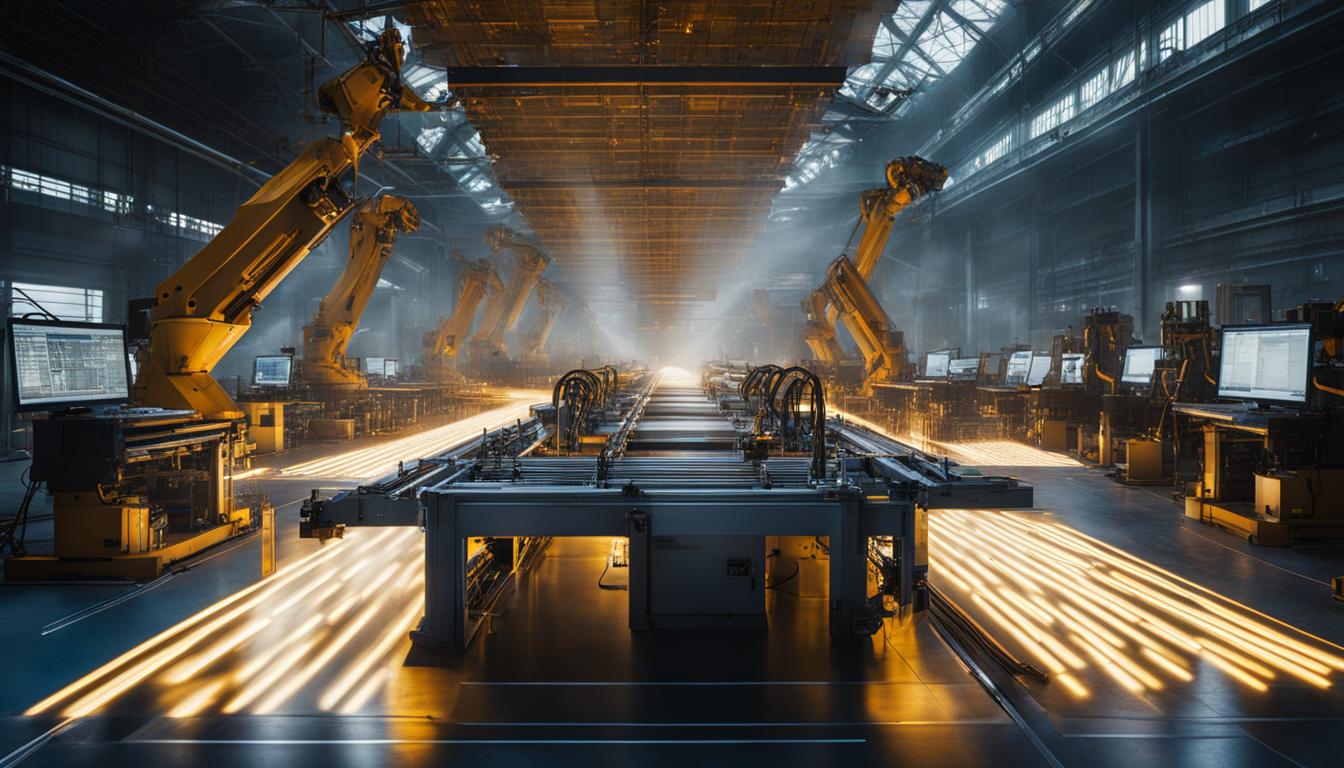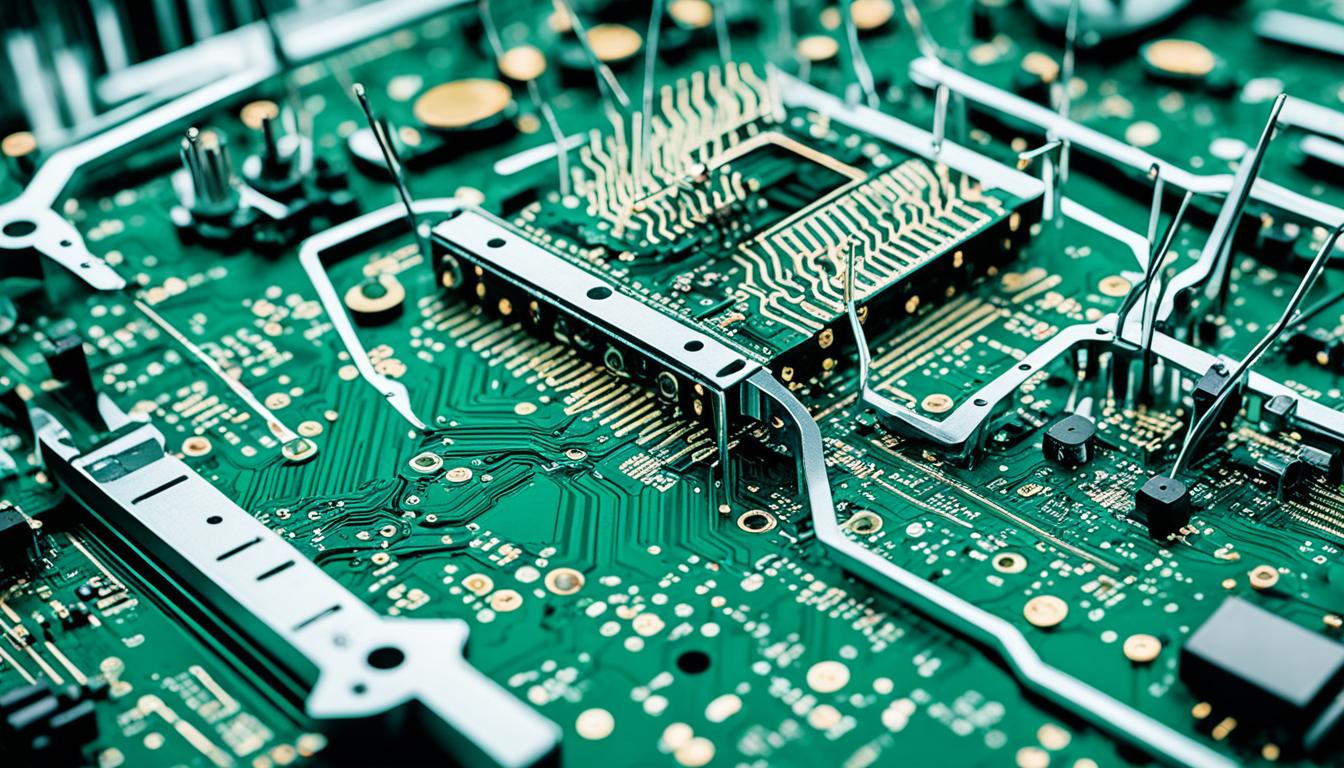Customizing your CNC software for better accuracy involves several key strategies. Start by calibrating your machine’s axes and tools regularly to ensure precise movements. Implement advanced error compensation techniques, such as backlash and thermal expansion corrections, to account for mechanical imperfections. Optimize your toolpath generation by using high-quality CAM software and adjusting feed rates and cutting depths for specific materials.
Utilize adaptive machining algorithms that adjust parameters in real-time based on feedback from sensors. Implement robust post-processing to ensure G-code accuracy and compatibility with your specific machine. Enable advanced features like look-ahead and high-speed machining modes for smoother motion control. Regularly update your software and firmware to benefit from the latest improvements and bug fixes.
Create and maintain a comprehensive tool library with accurate tool geometries and cutting parameters. Implement rigorous quality control measures, including in-process probing and automated part inspection routines. Finally, invest in operator training to ensure proper use of advanced software features and interpretation of machine feedback for continuous improvement in accuracy and efficiency.
- Customizing your CNC software can enhance accuracy in machining operations.
- Investing in high-quality CAM software improves toolpaths and reduces material waste.
- Optimizing G-Code programming enhances CNC machine efficiency.
- Choosing and maintaining tools wisely contributes to better accuracy.
- Proper workpiece setup reduces the need for rework and adjustments.
Invest in High-Quality CAM Software
To achieve better accuracy in your CNC operations, it is crucial to invest in high-quality Computer-Aided Manufacturing (CAM) software. CAM software provides a wide range of functionalities that can greatly enhance your machining processes. Let’s explore how CAM software can optimize your CNC software for improved accuracy.
One of the key advantages of CAM software is its ability to generate efficient toolpaths. By analyzing the geometry of your design and considering various cutting parameters, CAM software can create optimized toolpaths that reduce machining time and improve accuracy. These toolpaths ensure that the CNC machine follows the most efficient route, minimizing unnecessary movements and eliminating backtracking.
Moreover, CAM software allows you to optimize cutting speeds for different materials and machining operations. By optimizing the cutting speeds, you can achieve better surface finishes, reduce tool wear, and minimize material waste. This not only improves the overall quality of the machined parts but also optimizes the overall productivity of your CNC operations.
Another valuable feature of CAM software is the ability to simulate machining operations before running the CNC machine. This simulation enables you to identify potential issues, such as collisions or errors in toolpaths, before any physical machining takes place. By detecting and resolving these issues in the virtual environment, you can prevent costly mistakes and ensure smooth and accurate machining.
By investing in high-quality CAM software, you can benefit from advanced functionalities that optimize toolpaths, cutting speeds, and simulation capabilities. This results in reduced cycle times, minimized material waste, and improved accuracy in your CNC software. Take advantage of CAM software to elevate the precision and efficiency of your machining operations.
Optimize G-Code Programming
Optimization of your G-code programming can significantly enhance the efficiency of your CNC machine. By programming efficient Automatic Tool Changers (ATCs) and utilizing internalized M codes, you can improve the overall efficiency of your CNC software. This can lead to enhanced machining efficiency and ultimately better accuracy in your CNC operations.
Automatic Tool Changers (ATCs)
Automatic Tool Changers (ATCs) play a crucial role in streamlining the tool changing process, resulting in increased productivity and reduced setup times. These ATCs allow CNC machines to automatically change tools during a machining operation without manual intervention. By optimizing your G-code programming to incorporate the use of ATCs, you can achieve faster tool changes and minimize the downtime required for manual tool changes.
Internalized M Codes
M codes are machine-specific commands that control various functions of the CNC machine. By utilizing internalized M codes in your G-code programming, you can eliminate the need for external devices or manual control for certain machine operations. This reduces the chances of errors and streamlines the machining process, maximizing CNC efficiency.
Example:
| M Code | Description |
|---|---|
| M06 | Tool Change Command |
| M08 | Coolant On Command |
| M30 | Program End Command |
By incorporating these optimized G-code programming techniques, you can improve the efficiency of your CNC machine, resulting in faster production times, reduced errors, and ultimately better accuracy in your CNC operations.

Select and Maintain Tools Wisely
The selection and maintenance of your CNC tools are critical factors in achieving better accuracy and optimizing machining costs. By carefully considering tool selection and implementing proper maintenance practices, you can enhance the performance and longevity of your tools, resulting in improved accuracy and reduced expenses.
Tool Selection
When choosing tools for your CNC operations, it’s vital to take into account various factors that can affect accuracy and machining costs. Consider the following:
- Material compatibility: Select tools that are compatible with the materials you frequently machine. Different materials require specific tool geometries, coatings, and cutting speeds.
- Cutting forces: Take into consideration the cutting forces involved in your machining operations. Ensure that the selected tools can withstand the forces generated to prevent premature tool wear or breakage.
- Tool life: Evaluate the expected lifespan of the tools and their cost per unit of production. Investing in high-quality, durable tools can lead to longer tool life and lower machining costs in the long run.
Tool Maintenance
Regular maintenance is essential to maximize the performance and accuracy of your CNC tools. Follow these maintenance practices:
- Inspect tools regularly: Perform visual inspections to identify signs of wear, damage, or dullness. Replace or repair tools as needed to maintain optimal cutting performance.
- Sharpen or replace dull tools: Dull tools can result in slower machining speeds and decreased accuracy. Sharpen or replace them promptly to ensure efficient operations.
- Proper storage: Store your tools in a clean, dry environment to prevent corrosion and maintain their sharpness. Utilize tool holders or racks to protect against accidental damage.
Ensure Proper Workpiece Setup
Proper workpiece setup is a critical aspect of achieving efficient machining and improved accuracy in CNC operations. When setting up your workpiece, it is essential to focus on precise fixturing, alignment, and part placement. By paying close attention to these details, you can optimize your CNC software for accuracy and minimize the need for rework and adjustments during the machining process.
Accurate fixturing is key to maintaining stability and secure positioning of your workpiece. Use high-quality fixtures and clamps to securely hold the workpiece in place, ensuring it remains stationary during machining. Proper alignment is equally important to ensure that your workpiece is correctly positioned according to the specifications. Use precision measurement tools to align the workpiece accurately, taking into account any required angles or offsets.
By investing time and effort in the initial workpiece setup, you can minimize the chances of errors, rework, and adjustments. A well-organized setup helps reduce the need to interrupt the machining process to make modifications or fix alignment issues. This saves valuable time and resources, enabling you to achieve better accuracy and overall productivity in your CNC operations.
To optimize your CNC software for accuracy, make workpiece setup a priority. By focusing on precise fixturing, alignment, and part placement, you can reduce the risk of rework and adjustments, leading to improved accuracy in your machining process. Take the time to carefully set up your workpiece, and you’ll be rewarded with consistent and reliable results.
